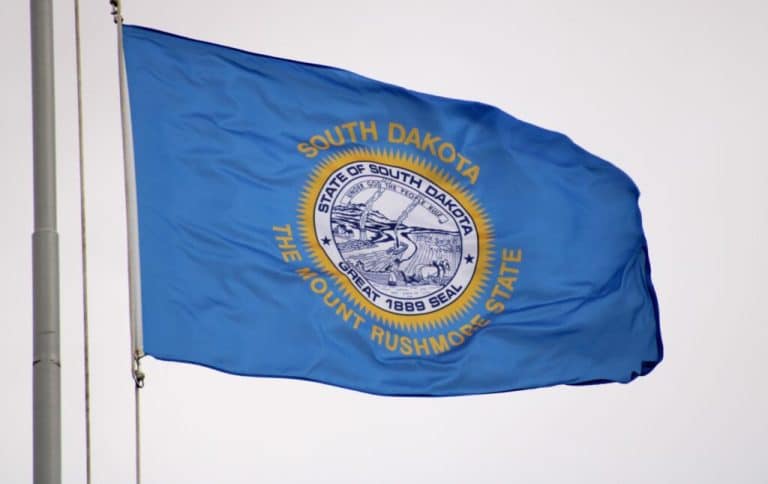PIERRE, S.D. – South Dakota lawmakers tasked with redrawing the state’s legislative boundaries will soon meet following the release of census data used for the maps. A nonpartisan group says the current process allows for gerrymandering, and hopes to prompt a major change.
The South Dakota League of Women Voters is leading an effort through a coalition, called “Drawn Together SD.” It’s gathering petitions for a question on the 2022 ballot, asking for an independent commission to handle redistricting.
League president Amy Scott-Stoltz pointed out that there haven’t been big changes in voter registration numbers, but Republicans have gained overwhelmingmajorities in the Legislature.

“And when we look at that, we look at the way the lines were drawn,” she said, “and we can see that there are areas where gerrymandering has come into play.”
Because of their majorities, Republicans hold most of the seats on redistricting committees. The chair of the Senate panel has said they’re making the process as fair as possible. Their next meeting is Aug. 30.
Redistricting happens every 10 years after the census. But if the petition makes it onto the ballot next year and is approved, an independent panel would redraw the maps in 2023.
Among other things, an independent commission would not allow either party to hold a majority. Scott-Stoltz said that’s been a common issue in most states.
“We’ve seen it across the country, where no matter what party is in charge, gerrymandering does come into play,” she said. “So, what we’re doing is really giving the power back to the people, and saving our democracy.”
Supporters of the current process say the map drawn after the 2010 census did not result in any lawsuits. But two decades ago, the Native American community successfully sued the state, saying those maps violated their voting rights.













